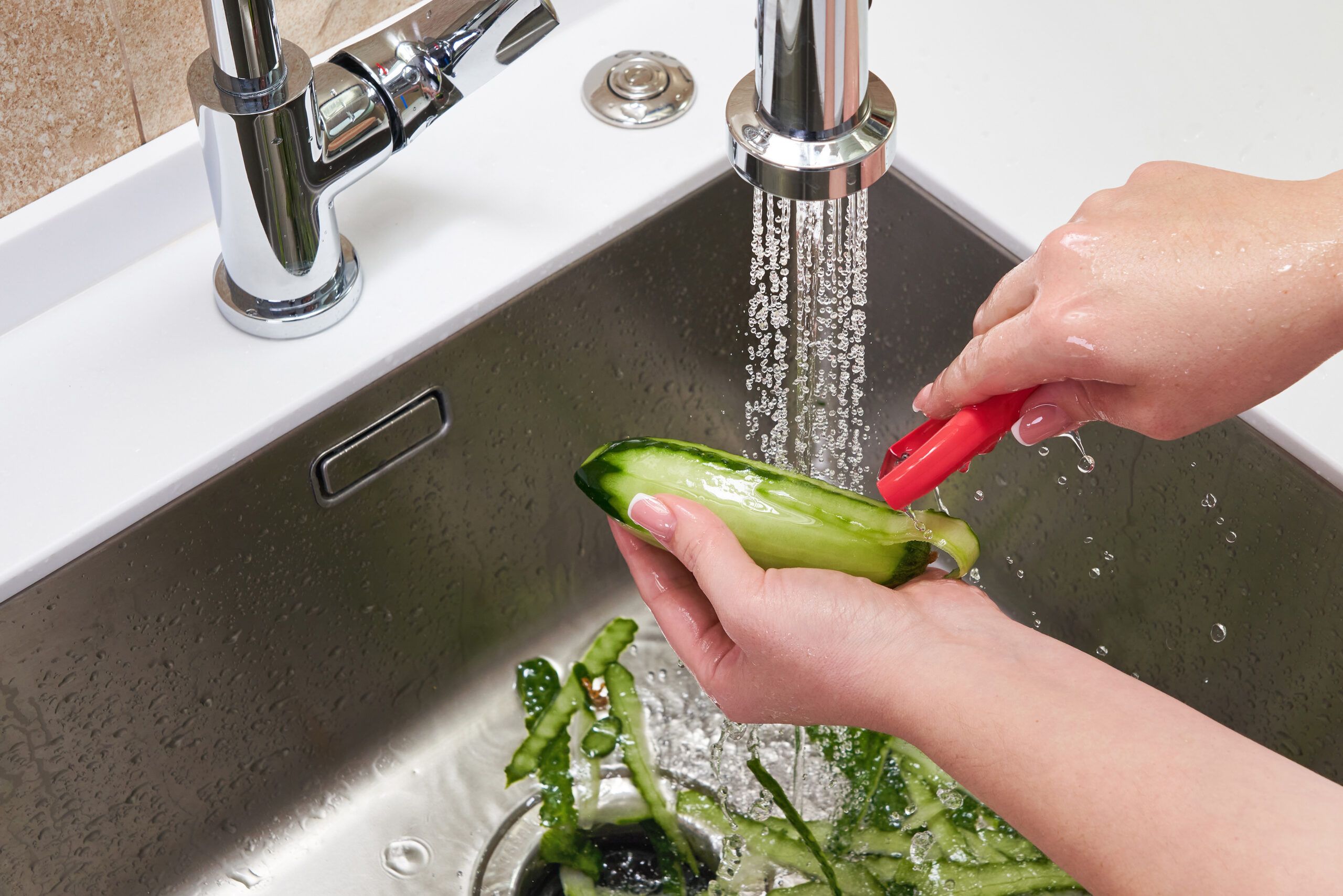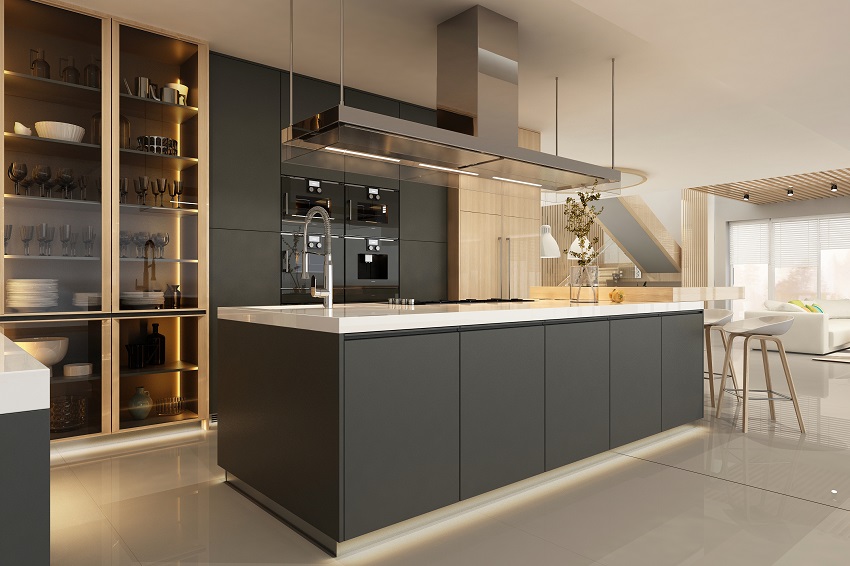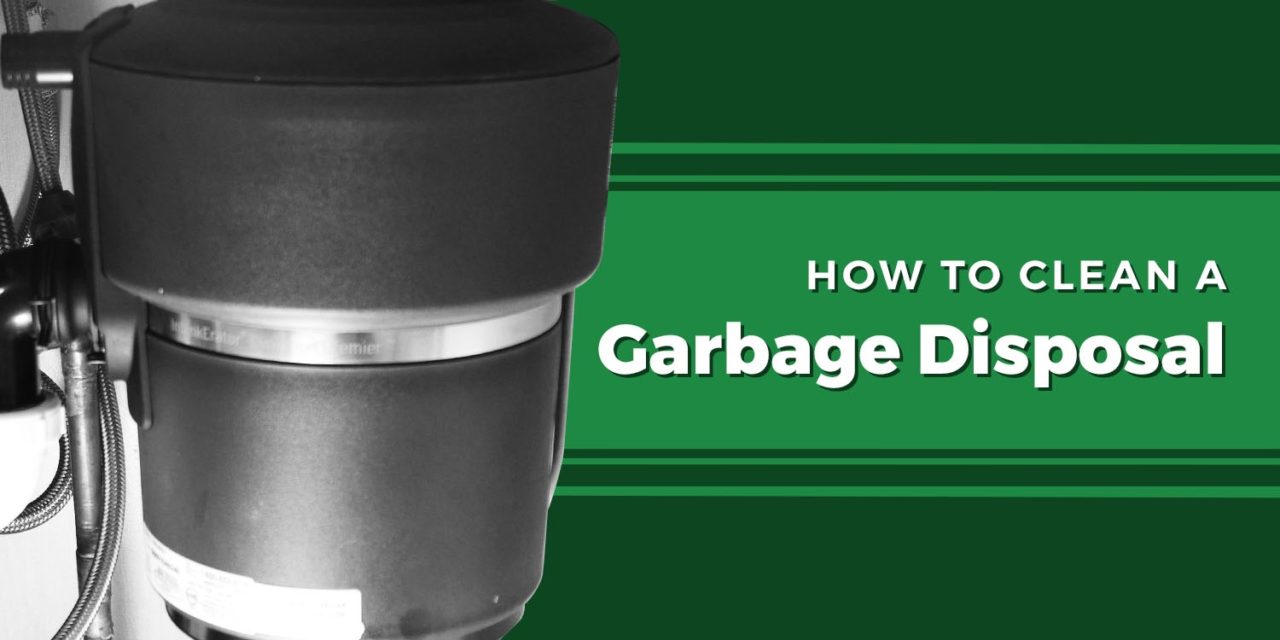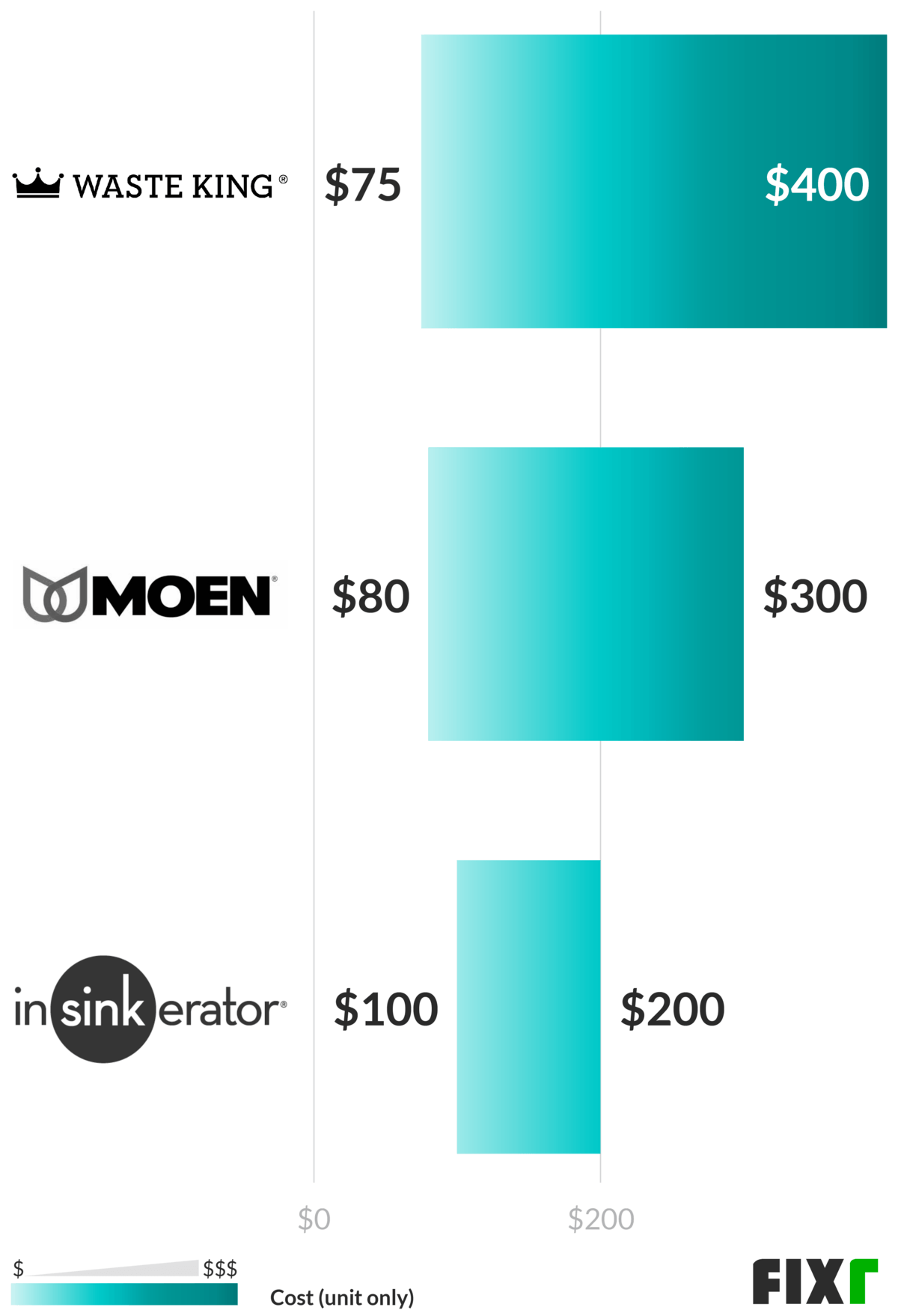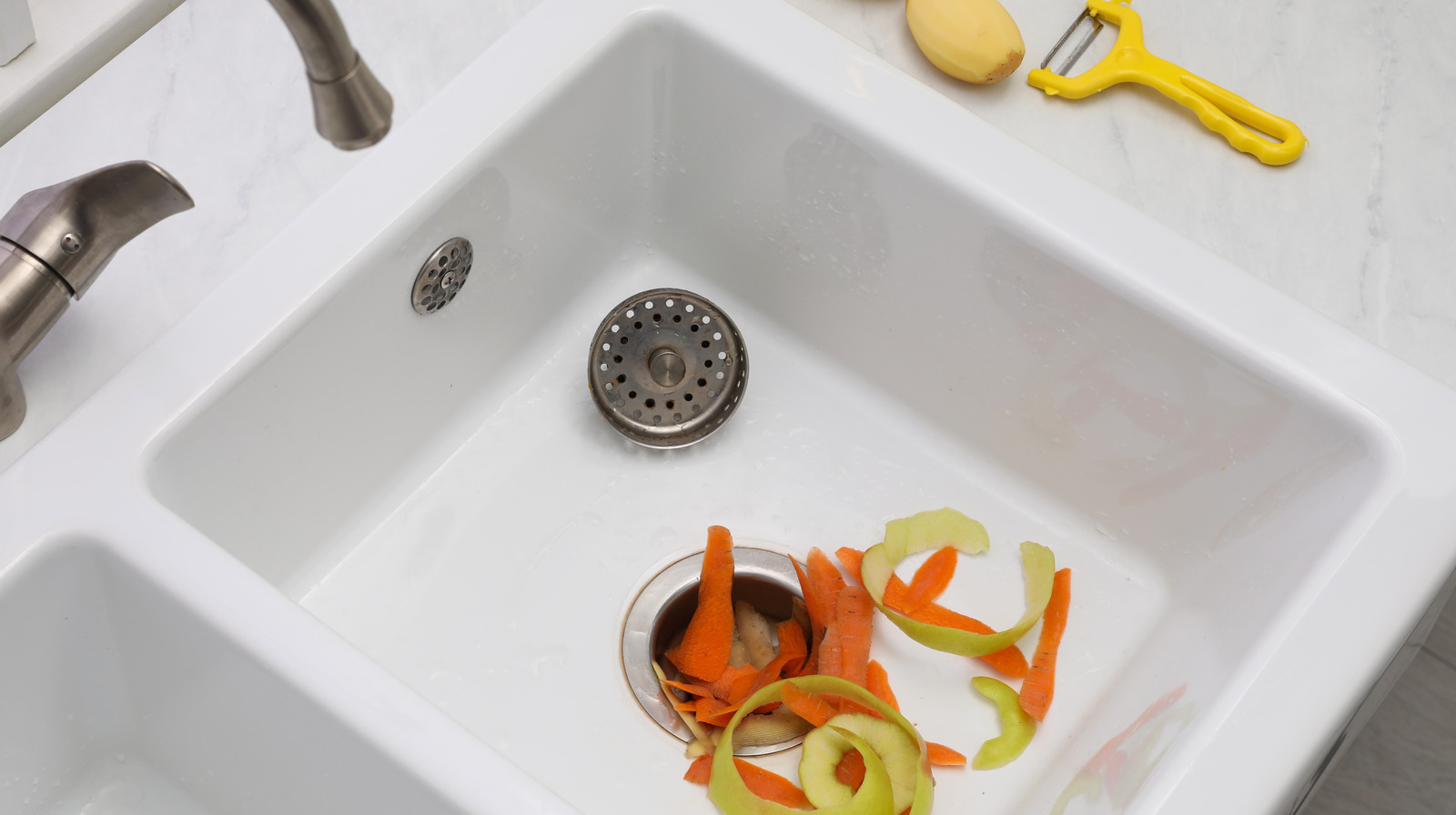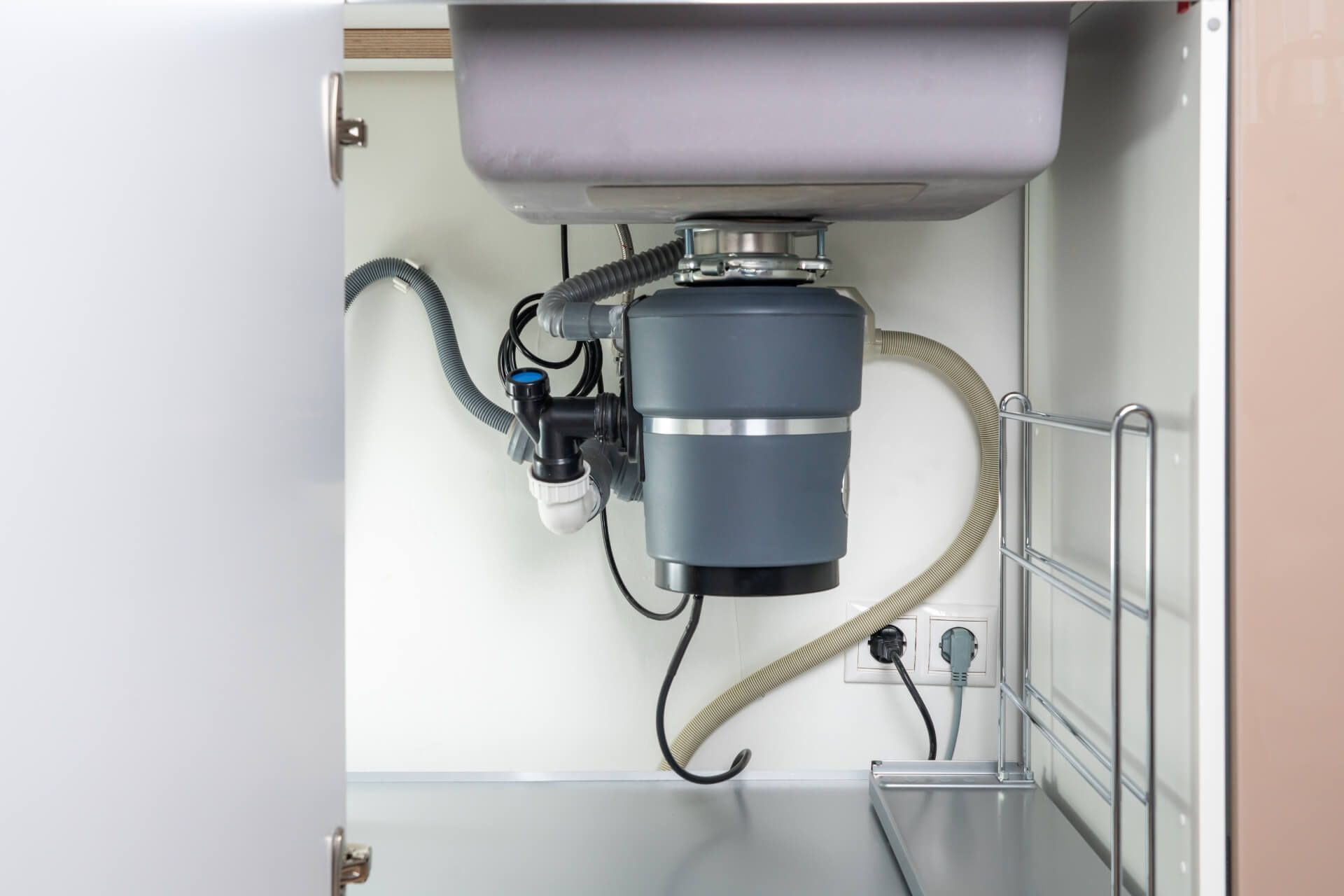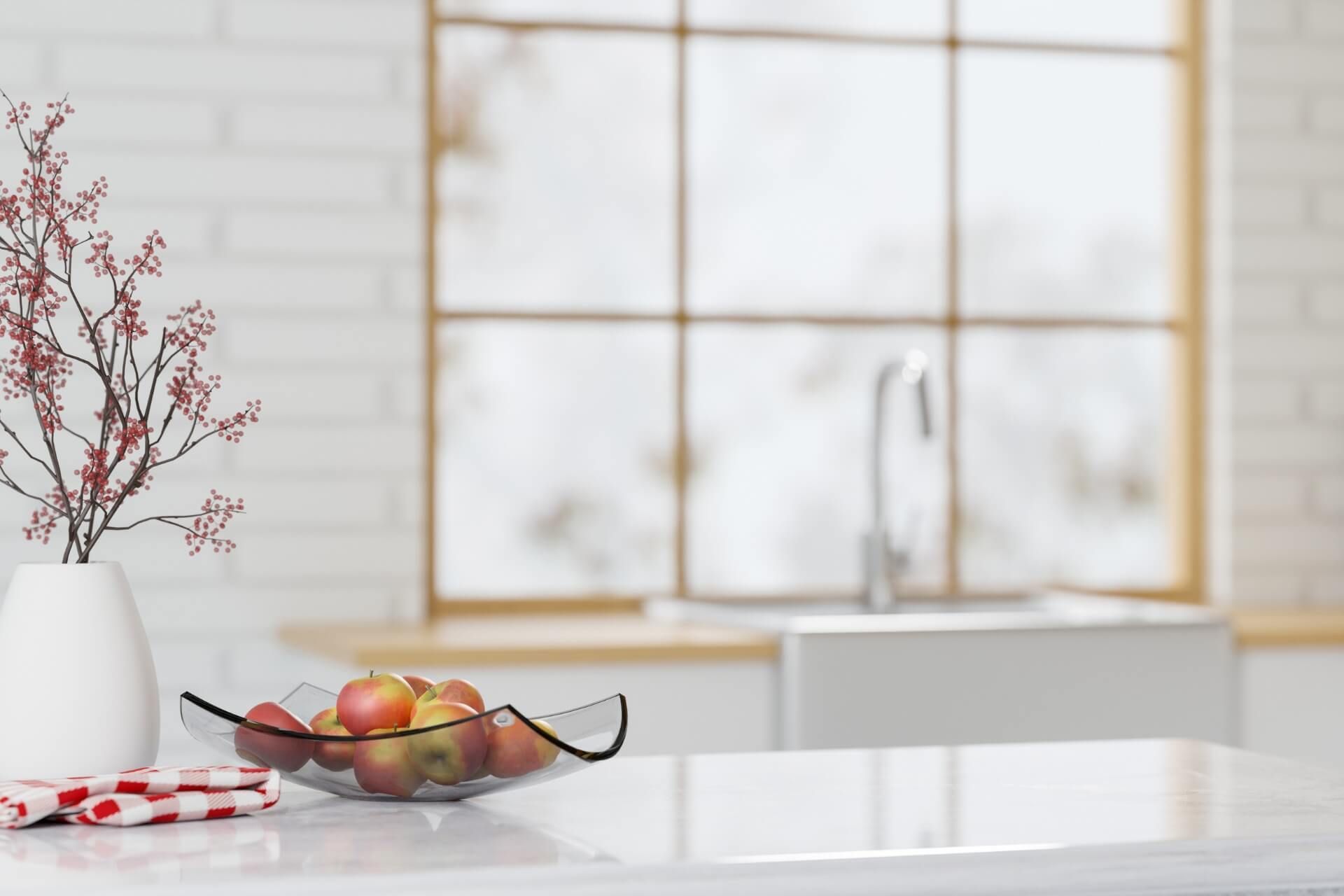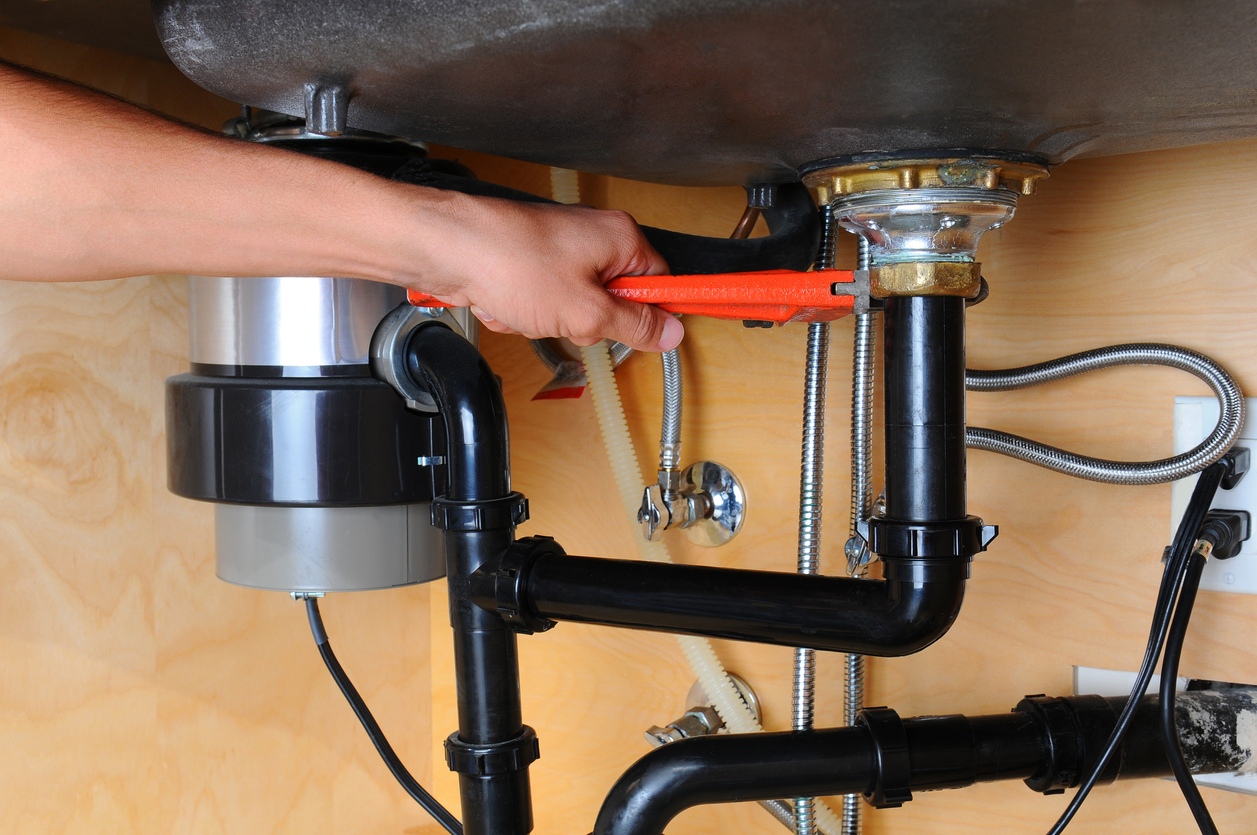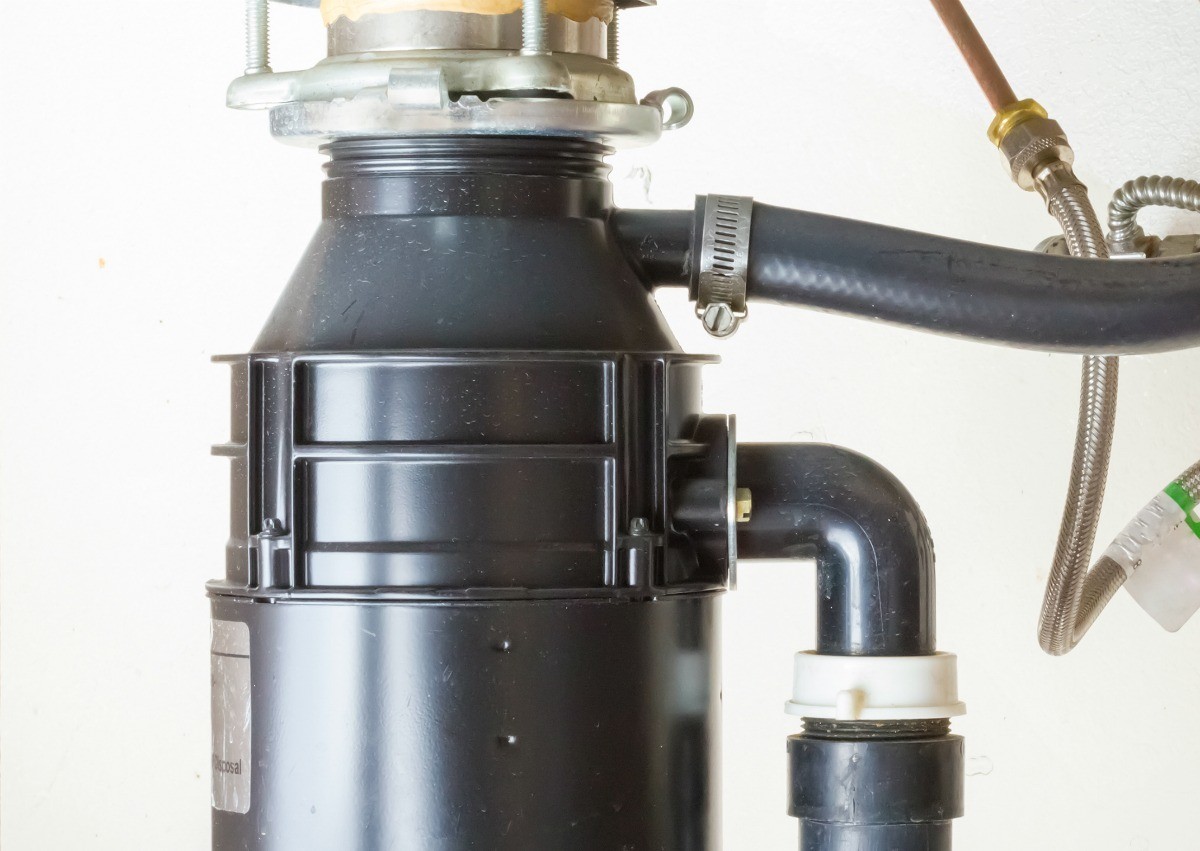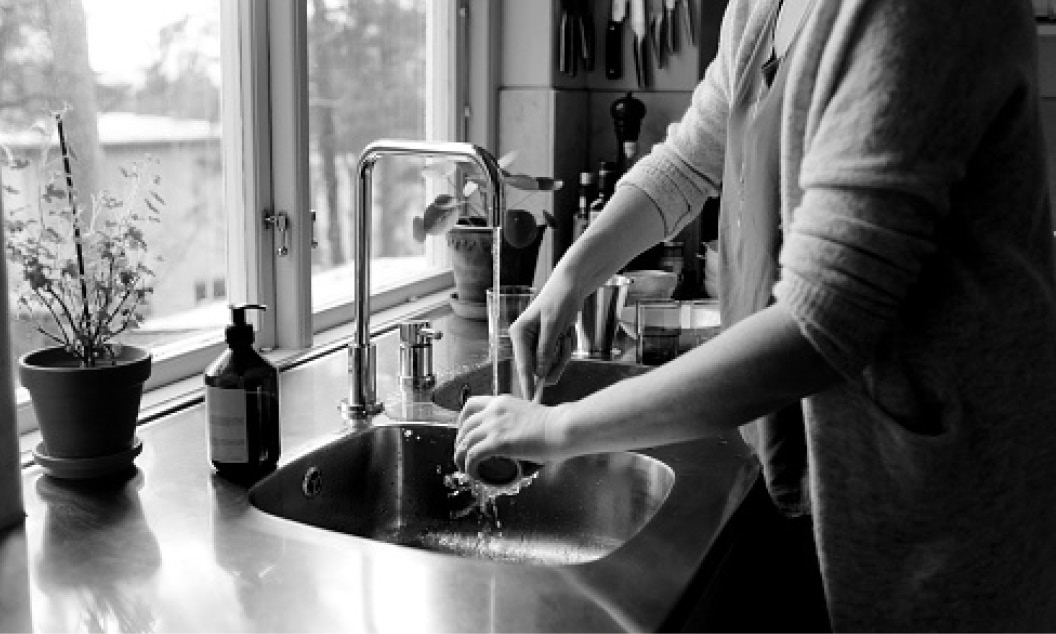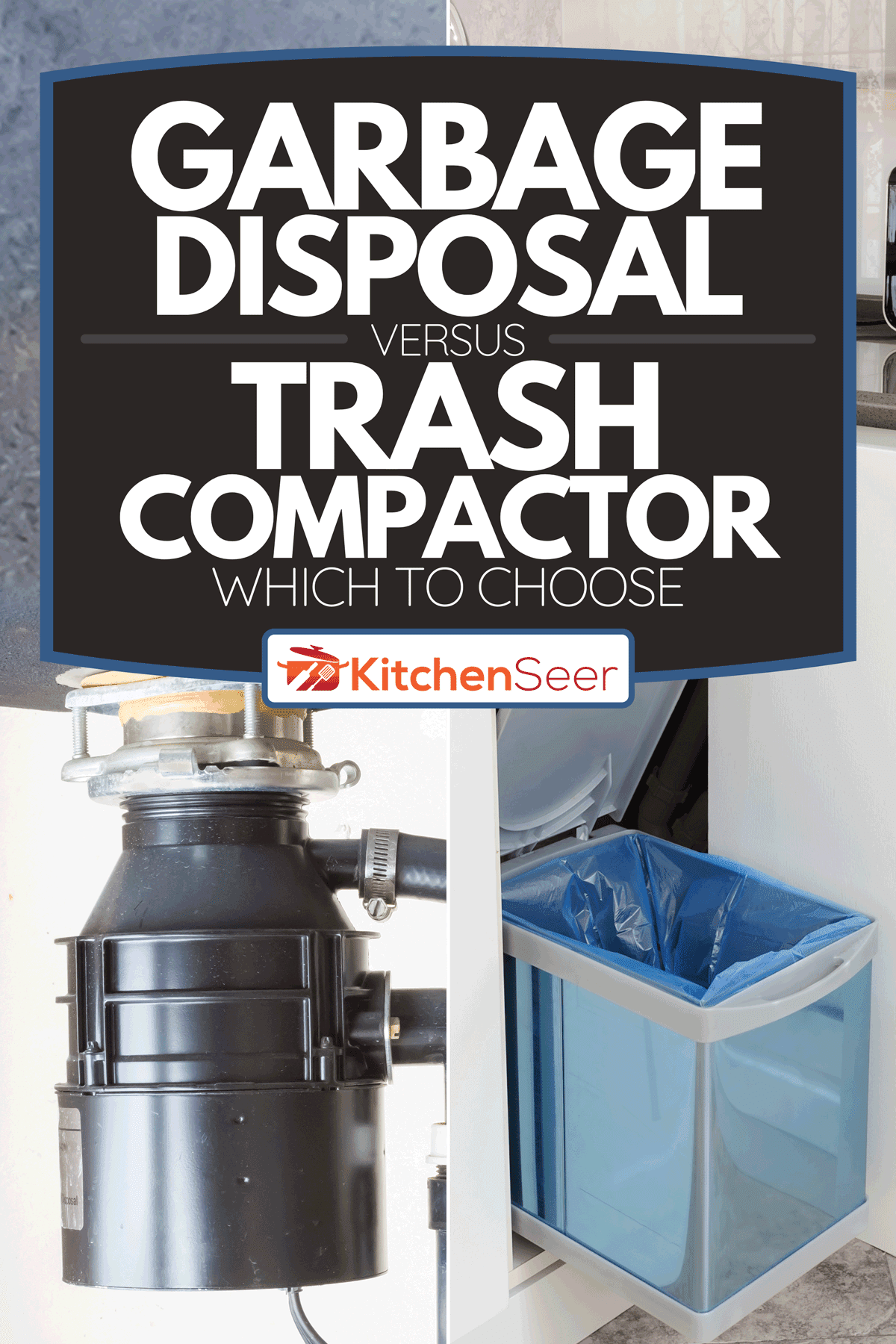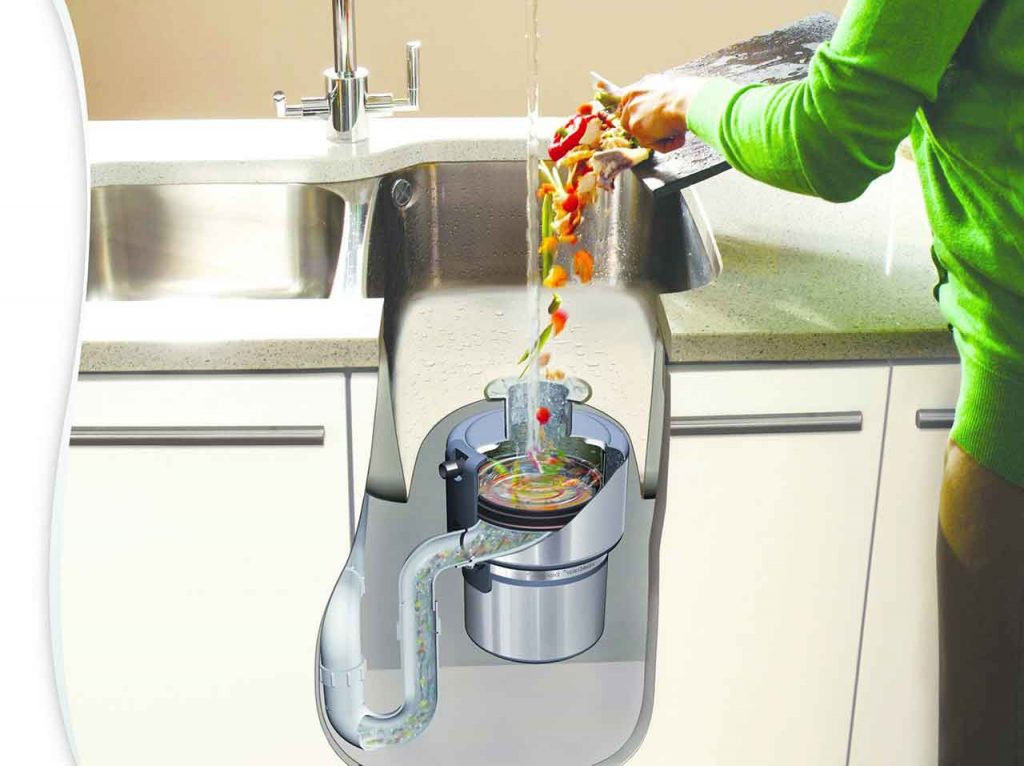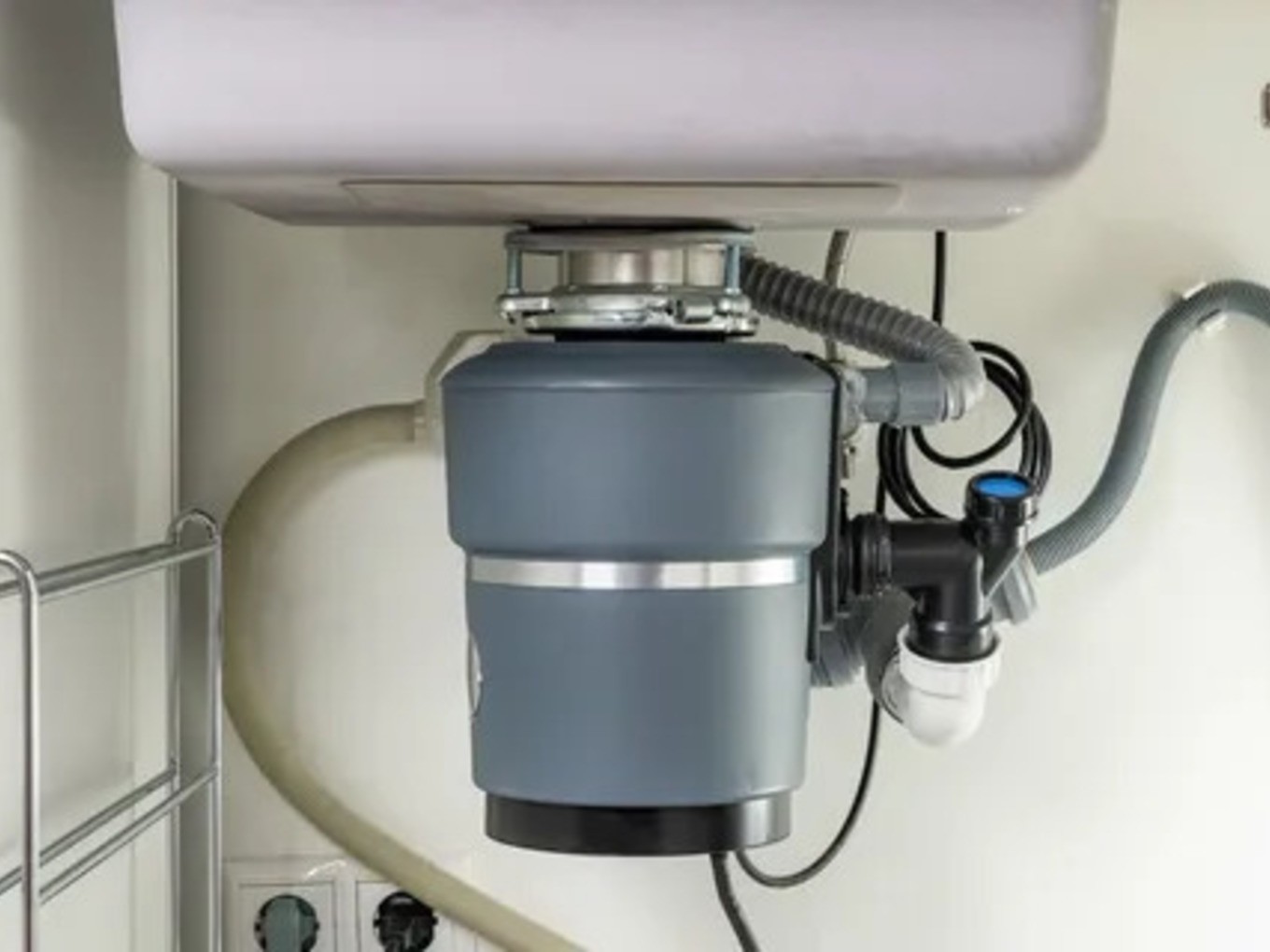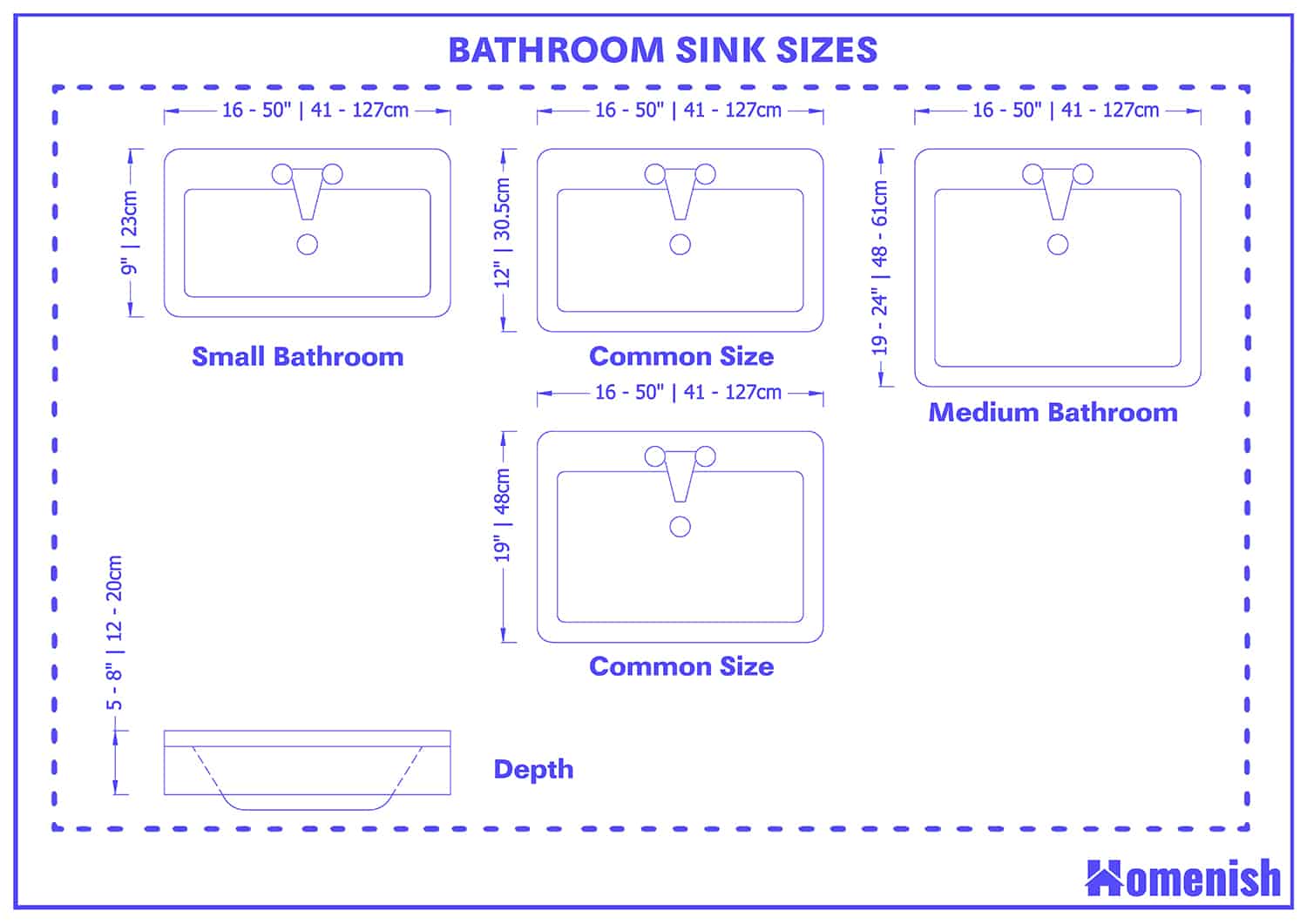Installing a garbage disposal in your kitchen sink can make clean up a breeze and reduce the amount of food waste in your trash can. Here’s a step-by-step guide on how to install a garbage disposal in your kitchen sink: Step 1: Before you begin, make sure you have all the necessary tools and materials. This includes a garbage disposal unit, a mounting assembly, a power cord, a hammer, a screwdriver, and plumber’s putty. Step 2: Turn off the power to your kitchen by flipping the circuit breaker. This is important for your safety while working on the electrical components of the garbage disposal. Step 3: Remove the drain pipe from the sink and clean any debris or food particles from the opening. Step 4: Place the mounting ring over the sink opening and secure it with the mounting screws. Step 5: Apply plumber’s putty to the underside of the flange and place it on top of the mounting ring. Press down firmly to create a watertight seal. Step 6: Install the backup flange and mounting ring by tightening the mounting screws. Step 7: Attach the power cord to the garbage disposal unit and secure it with a strain relief connector. Step 8: Connect the drain pipe to the disposal unit using a rubber gasket and mounting ring. Secure it with the metal clamp. Step 9: Plug in the power cord and turn on the water to test the disposal. If there are no leaks, your garbage disposal is now installed and ready to use!How to Install a Garbage Disposal
If you have a double sink in your kitchen, installing a garbage disposal may seem a bit more complicated. But don’t worry, it’s actually quite simple. Here’s how to install a garbage disposal in a double sink: Step 1: Follow the same steps as above to install the garbage disposal on one side of the sink. Step 2: On the other side of the sink, install a tee fitting on the drain pipe. This will allow the water to flow from both sinks into the garbage disposal. Step 3: Connect the tee fitting to the garbage disposal using a rubber gasket and metal clamp. Step 4: Test the disposal by running water in both sinks. If there are no leaks, your double sink garbage disposal is now installed!How to Install a Garbage Disposal in a Double Sink
Dealing with a clogged garbage disposal can be a frustrating and messy experience. But before you call a plumber, try these steps to fix a clogged garbage disposal: Step 1: Turn off the power to the disposal by flipping the circuit breaker. Step 2: Use tongs or pliers to remove any debris or blockage from the disposal. Be careful not to put your hands in the disposal. Step 3: Once the blockage is removed, turn the power back on and test the disposal by running water through it. If it’s still clogged, move on to the next step. Step 4: Insert an Allen wrench into the bottom of the disposal and turn it back and forth to manually rotate the blades. This can help break up any remaining clogs. Step 5: If the disposal is still not working, you may need to reset it. Look for a reset button on the bottom of the unit and push it to reset the disposal. Step 6: If none of these steps work, it may be time to call a professional plumber for assistance.How to Fix a Clogged Garbage Disposal
If your garbage disposal is old or constantly giving you problems, it may be time to replace it. Here’s how to replace a garbage disposal: Step 1: Turn off the power to the disposal by flipping the circuit breaker. Step 2: Disconnect the drain pipe and power cord from the disposal. Step 3: Remove the mounting ring and flange from the top of the disposal. Step 4: Unscrew the mounting assembly from the bottom of the sink. Step 5: Install the new garbage disposal by following the steps in the installation section above. Step 6: Reconnect the drain pipe and power cord to the new disposal. Step 7: Turn the power back on and test the new disposal. If everything is working properly, you have successfully replaced your garbage disposal!How to Replace a Garbage Disposal
If your garbage disposal is clogged, there are a few things you can do to try and unclog it: Step 1: First, turn off the power to the disposal by flipping the circuit breaker. Step 2: Use tongs or pliers to remove any debris or blockage from the disposal. Step 3: Pour a mixture of vinegar and baking soda down the disposal and let it sit for a few minutes. Then, run hot water through the disposal to flush out the debris. Step 4: If the disposal is still clogged, try using a plunger. Fill the sink with a few inches of water and place the plunger over the drain. Pump the plunger up and down a few times to create suction and hopefully dislodge the blockage. Step 5: If these methods don’t work, you may need to take apart the drain pipe and manually remove the clog.How to Unclog a Garbage Disposal
Leaking garbage disposals are a common problem that can be caused by a variety of issues. Here’s how to repair a leaking garbage disposal: Step 1: Turn off the power to the disposal by flipping the circuit breaker. Step 2: Check the connections between the disposal and the drain pipe. If they are loose, tighten them with pliers. Step 3: If the leak is coming from the bottom of the disposal, it may be a problem with the seal. In this case, you may need to replace the disposal. Step 4: If the leak is coming from the top of the disposal, it may be a problem with the flange. You can try replacing the flange or using plumber’s putty to create a better seal. Step 5: If the leak is coming from the reset button, you may need to replace the button or the entire unit.How to Repair a Leaking Garbage Disposal
Properly cleaning your garbage disposal can help prevent clogs and keep it running smoothly. Here’s how to clean a garbage disposal: Step 1: Turn off the power to the disposal by flipping the circuit breaker. Step 2: Use tongs or pliers to remove any debris or blockage from the disposal. Step 3: Pour a mixture of vinegar and baking soda down the disposal and let it sit for a few minutes. Then, run hot water through the disposal to flush out the debris. Step 4: You can also add some lemon or orange peels to help deodorize the disposal. Step 5: To clean the rubber gasket, use a toothbrush and some dish soap to scrub away any build-up.How to Clean a Garbage Disposal
If your garbage disposal is not working properly, there are a few things you can troubleshoot before calling a professional: Step 1: First, check if the disposal is getting power. If not, check the circuit breaker and reset button. Step 2: If it’s getting power but not working, try manually rotating the blades with an Allen wrench. Step 3: If the blades are not rotating, it may be a problem with the motor. You may need to replace the disposal. Step 4: If the disposal is making strange noises, it may be a sign of a loose or broken component. In this case, you may need to take it apart and inspect the parts. Step 5: If none of these troubleshooting steps work, it’s best to call a professional for assistance.How to Troubleshoot a Garbage Disposal
Proper maintenance is key to keeping your garbage disposal running smoothly and preventing clogs. Here are some tips for maintaining your garbage disposal: Step 1: Run cold water while using the disposal to help flush out debris. Step 2: Avoid putting large or hard items down the disposal, such as bones or fruit pits. Step 3: Regularly clean and deodorize the disposal using the methods mentioned above. Step 4: Have a professional inspect and clean your disposal every few years to ensure it’s working properly and to prevent any major issues.How to Maintain a Garbage Disposal
When it comes to choosing a garbage disposal for your kitchen, there are a few things to consider: Size: Make sure to choose a disposal that will fit in the space under your sink. Power: The power of a garbage disposal is measured in horsepower (HP). A higher HP means the disposal can handle tougher food waste. Noise: Some disposals are louder than others, so consider this if noise is a concern for you. Features: Some disposals come with additional features, such as an auto-reverse function or a built-in air switch for easy operation. Price: Garbage disposals can range in price from around $50 to over $500. Consider your budget and the features you need before making a decision.How to Choose the Right Garbage Disposal for Your Kitchen
How Kitchen Sink Disposal Plumbing Can Improve Your Home Design
/how-to-install-a-sink-drain-2718789-hero-24e898006ed94c9593a2a268b57989a3.jpg)
Efficiency and Convenience
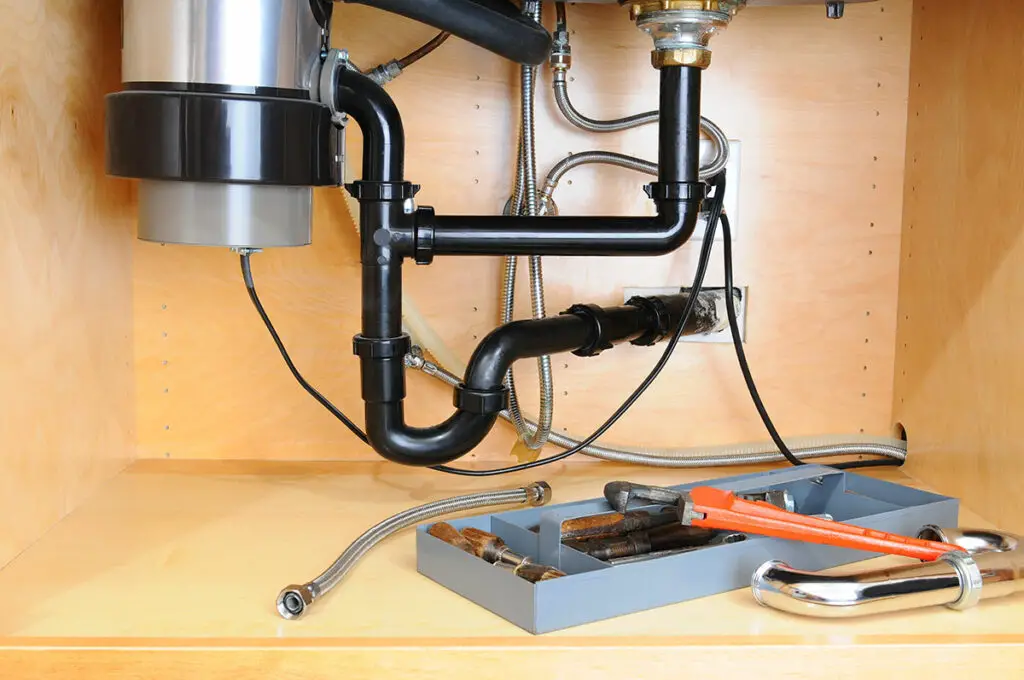 When it comes to house design, every little detail matters. That's why it's important to consider every aspect, including the plumbing for your kitchen sink disposal. This often overlooked feature can actually have a big impact on the overall functionality and convenience of your kitchen. With proper plumbing, you can easily and efficiently dispose of food scraps and keep your sink clean and odor-free.
When it comes to house design, every little detail matters. That's why it's important to consider every aspect, including the plumbing for your kitchen sink disposal. This often overlooked feature can actually have a big impact on the overall functionality and convenience of your kitchen. With proper plumbing, you can easily and efficiently dispose of food scraps and keep your sink clean and odor-free.
Preventing Clogs and Odors
 Having a well-functioning kitchen sink disposal can also help prevent clogs and unpleasant odors in your kitchen. By properly disposing of food scraps, you can avoid build-up in your pipes and reduce the need for costly plumbing repairs. Additionally, a good disposal system can help eliminate any lingering smells from your sink, keeping your kitchen fresh and clean.
Having a well-functioning kitchen sink disposal can also help prevent clogs and unpleasant odors in your kitchen. By properly disposing of food scraps, you can avoid build-up in your pipes and reduce the need for costly plumbing repairs. Additionally, a good disposal system can help eliminate any lingering smells from your sink, keeping your kitchen fresh and clean.
Environmentally Friendly
 Not only does a kitchen sink disposal improve the functionality and cleanliness of your kitchen, but it can also be an environmentally friendly option. By grinding up food scraps and sending them to the wastewater treatment plant, you're diverting waste from landfills and reducing methane emissions. This small change can have a big impact on the environment and contribute to a more sustainable home design.
Not only does a kitchen sink disposal improve the functionality and cleanliness of your kitchen, but it can also be an environmentally friendly option. By grinding up food scraps and sending them to the wastewater treatment plant, you're diverting waste from landfills and reducing methane emissions. This small change can have a big impact on the environment and contribute to a more sustainable home design.
Customizable Options
 When it comes to kitchen sink disposal plumbing, there are a variety of options to choose from to fit your specific needs and preferences. From different horsepower options to noise reduction features, you can customize your disposal system to best suit your household and lifestyle. With the right plumbing installation, you can have a kitchen sink disposal that fits seamlessly into your kitchen design and meets all of your needs.
In conclusion, don't underestimate the importance of proper kitchen sink disposal plumbing in your house design. It not only improves efficiency and convenience, but also helps prevent clogs and odors, is environmentally friendly, and offers customizable options. Consider upgrading your plumbing system to fully optimize your kitchen and elevate your overall home design.
When it comes to kitchen sink disposal plumbing, there are a variety of options to choose from to fit your specific needs and preferences. From different horsepower options to noise reduction features, you can customize your disposal system to best suit your household and lifestyle. With the right plumbing installation, you can have a kitchen sink disposal that fits seamlessly into your kitchen design and meets all of your needs.
In conclusion, don't underestimate the importance of proper kitchen sink disposal plumbing in your house design. It not only improves efficiency and convenience, but also helps prevent clogs and odors, is environmentally friendly, and offers customizable options. Consider upgrading your plumbing system to fully optimize your kitchen and elevate your overall home design.
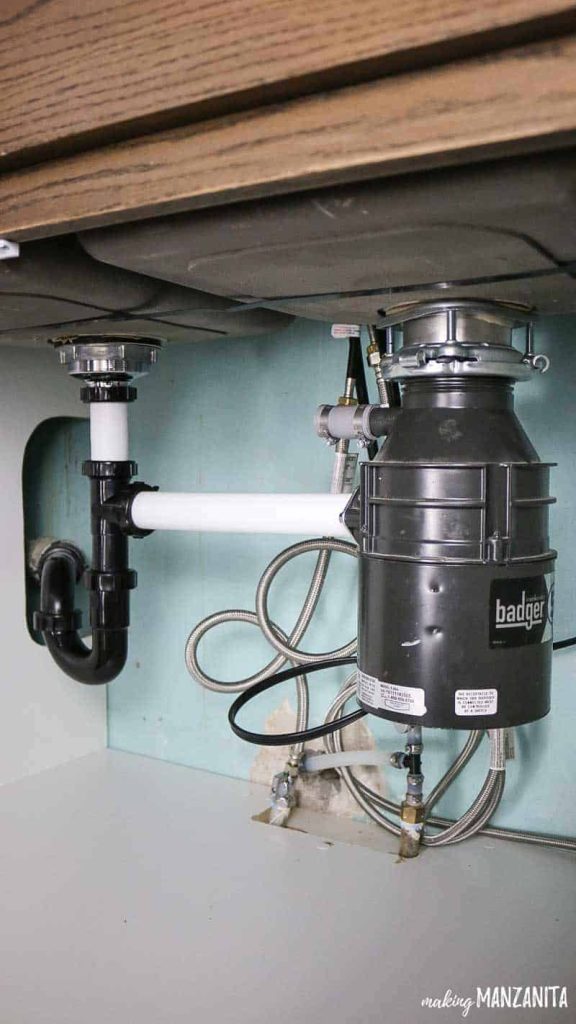



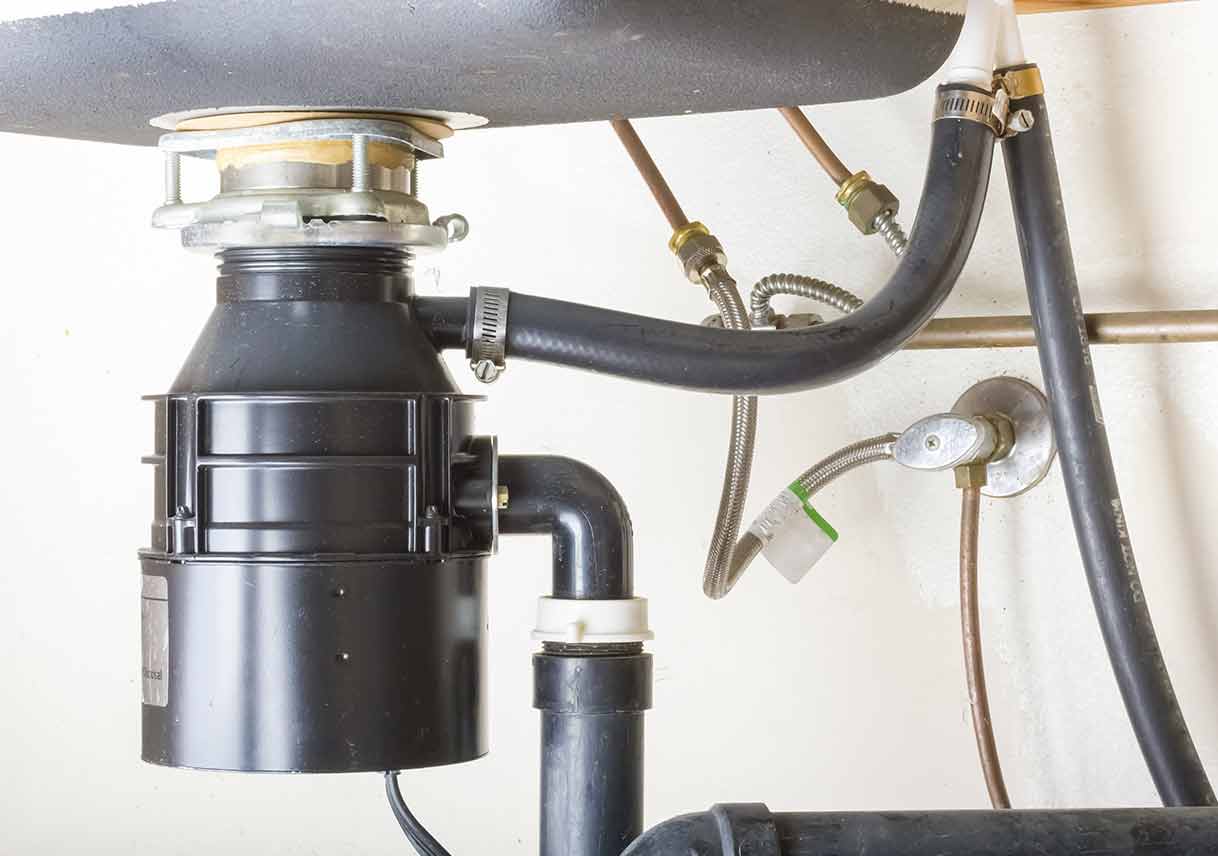
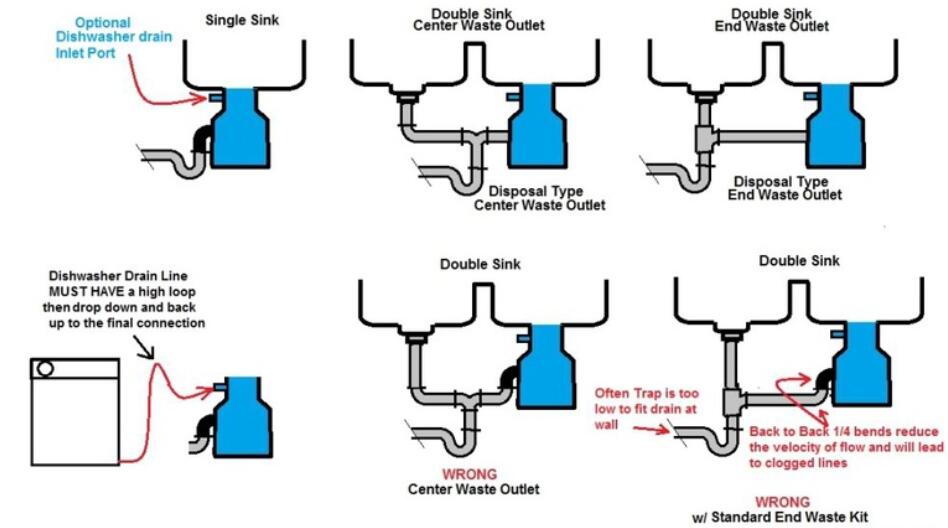

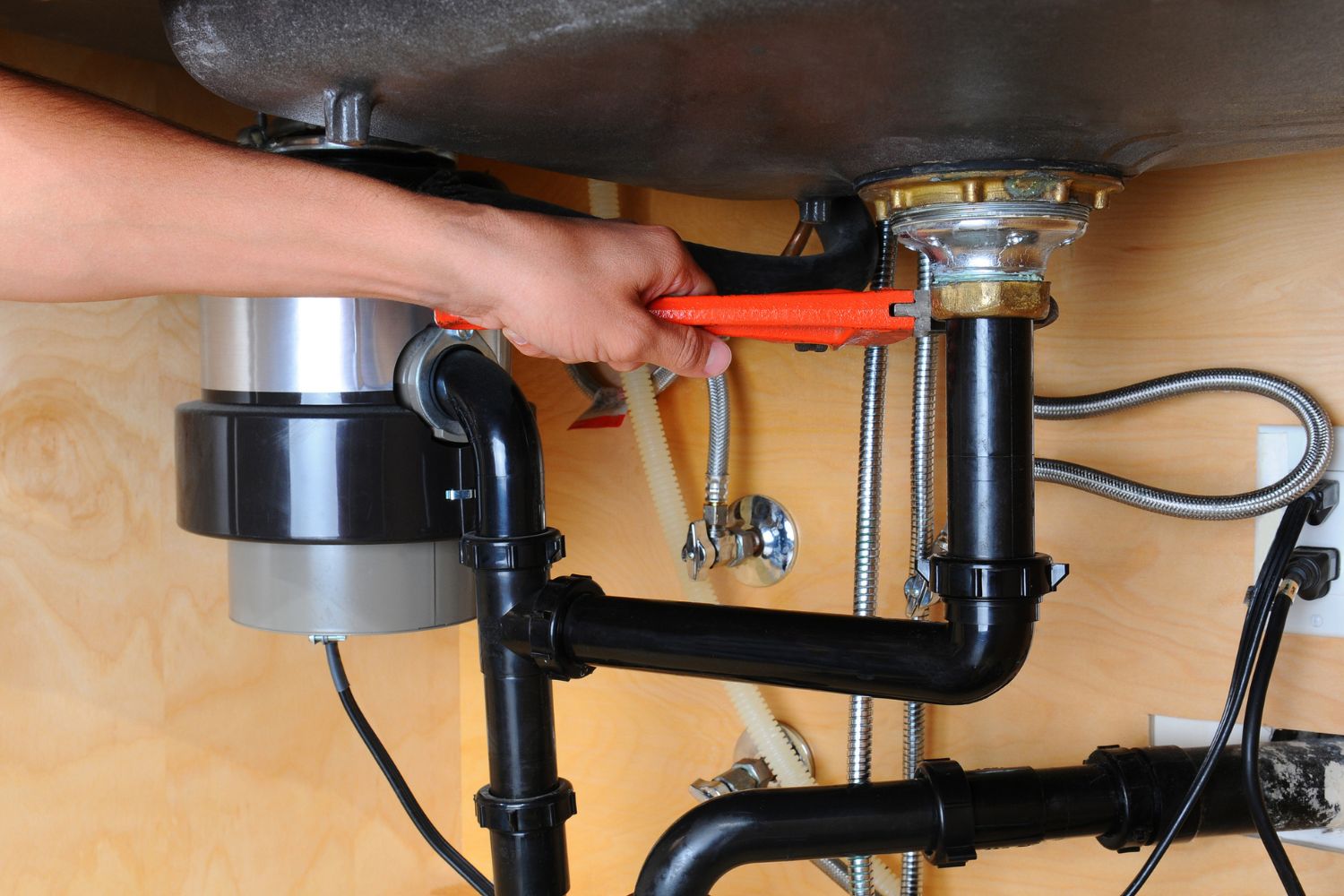
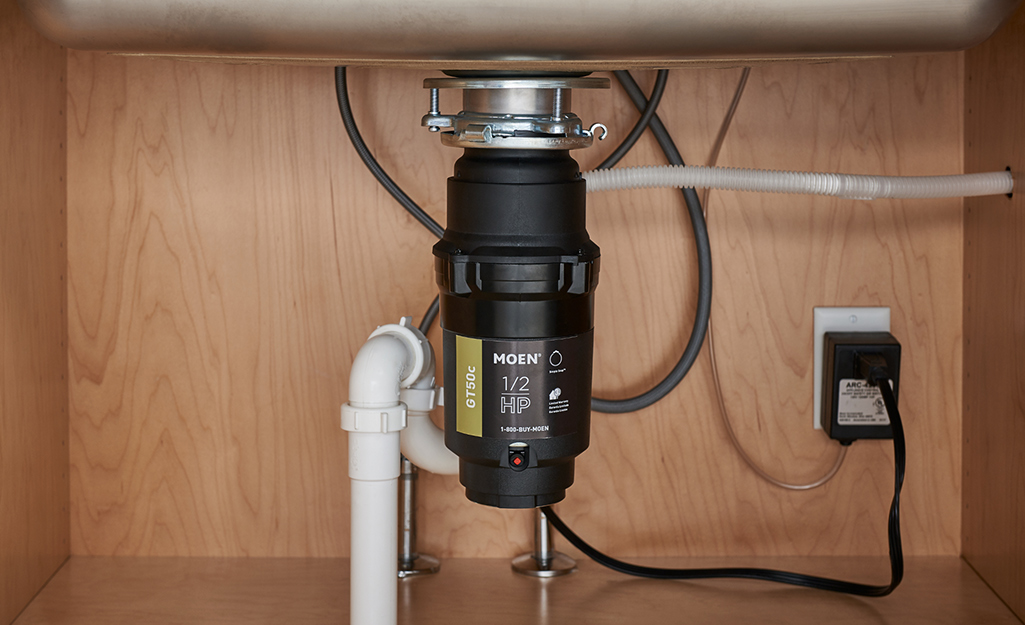



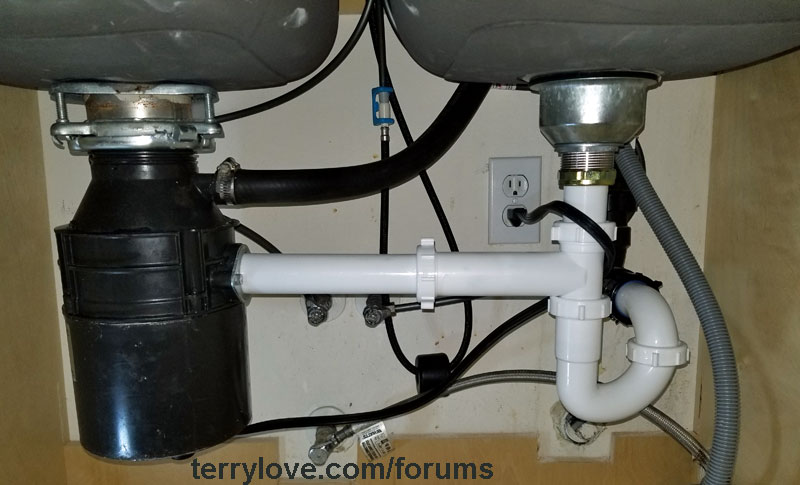


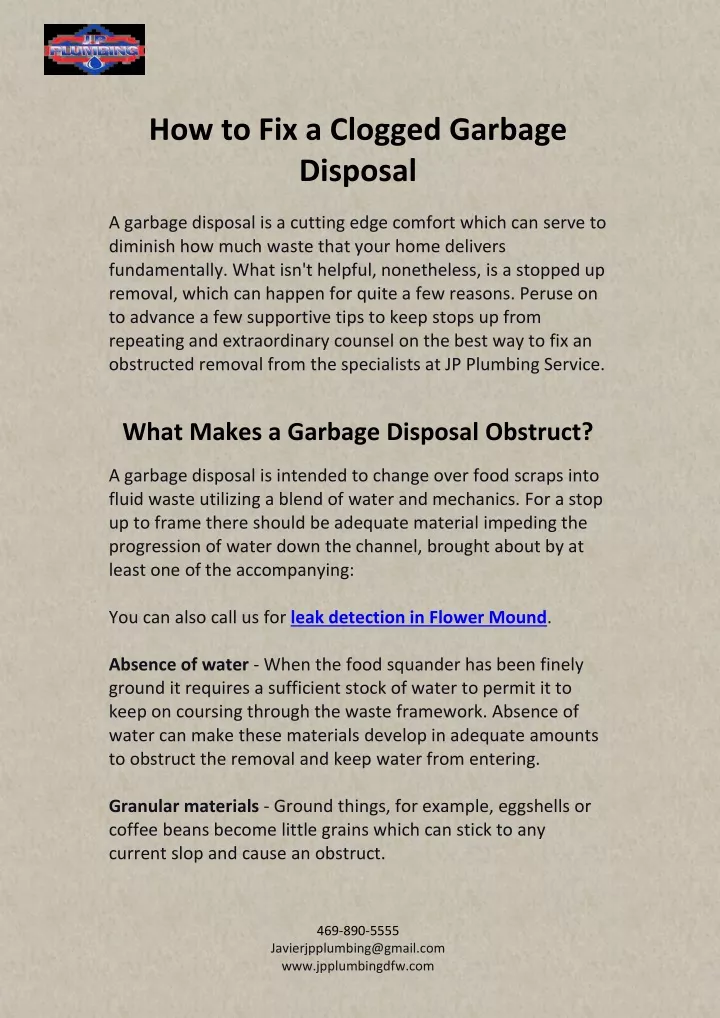

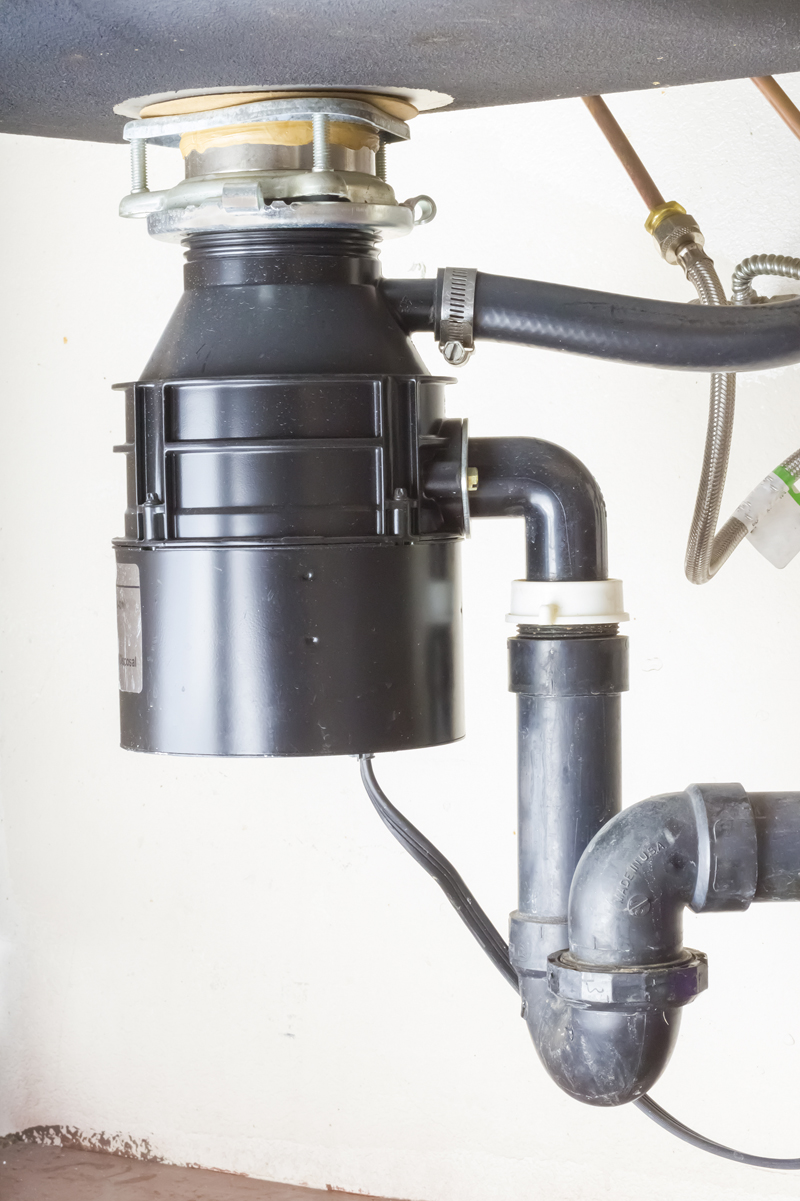




:max_bytes(150000):strip_icc()/Repair-a-Clogged-Garbage-Disposal-1824884-hero-cda06d4e6955472bbab06ed123bc5b99.jpg)





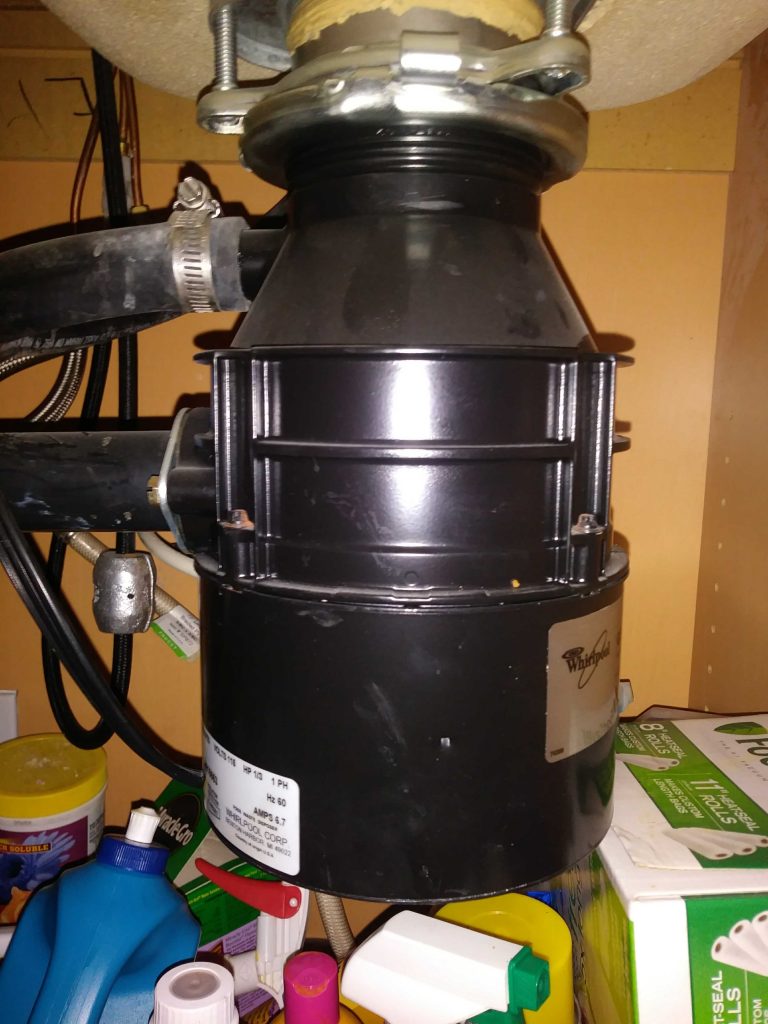

:max_bytes(150000):strip_icc()/garbage-disposal-installation-1824830-hero-1dcd7b5b05d44a2cb367e31692500c8c.jpg)

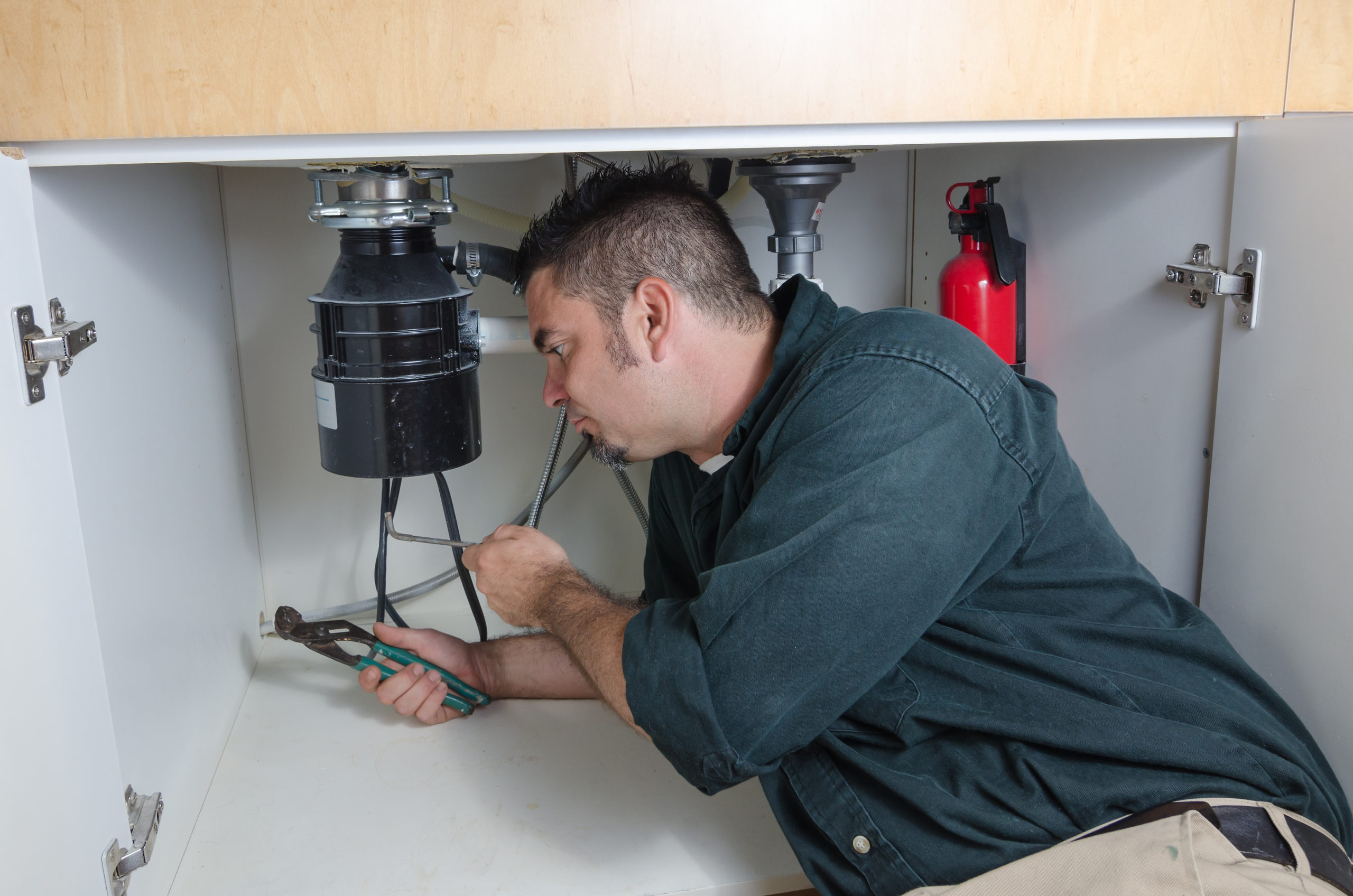
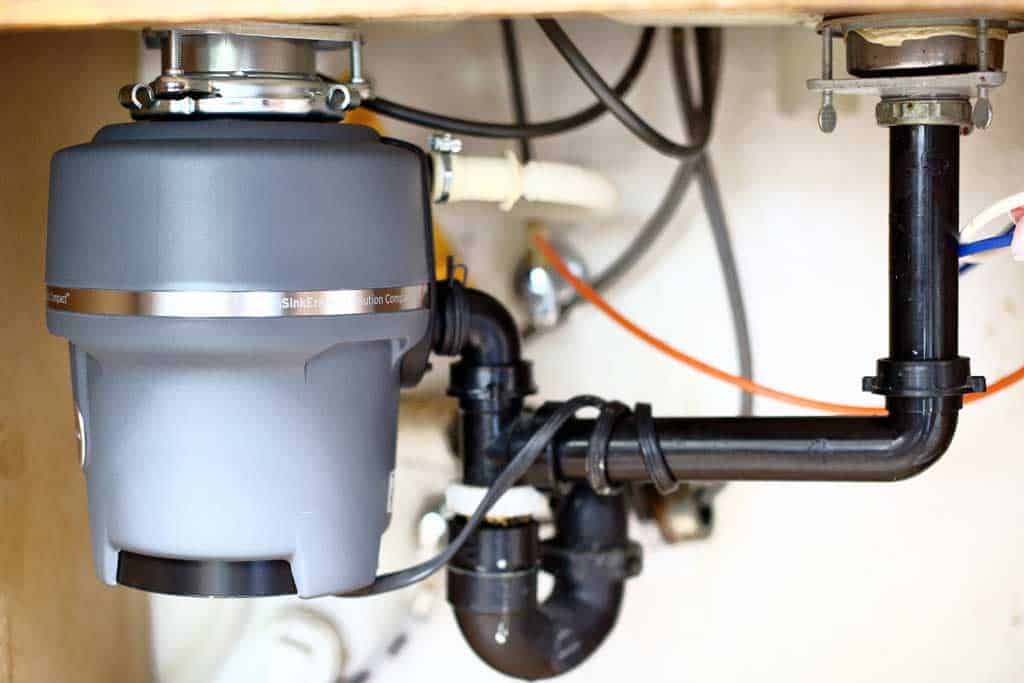


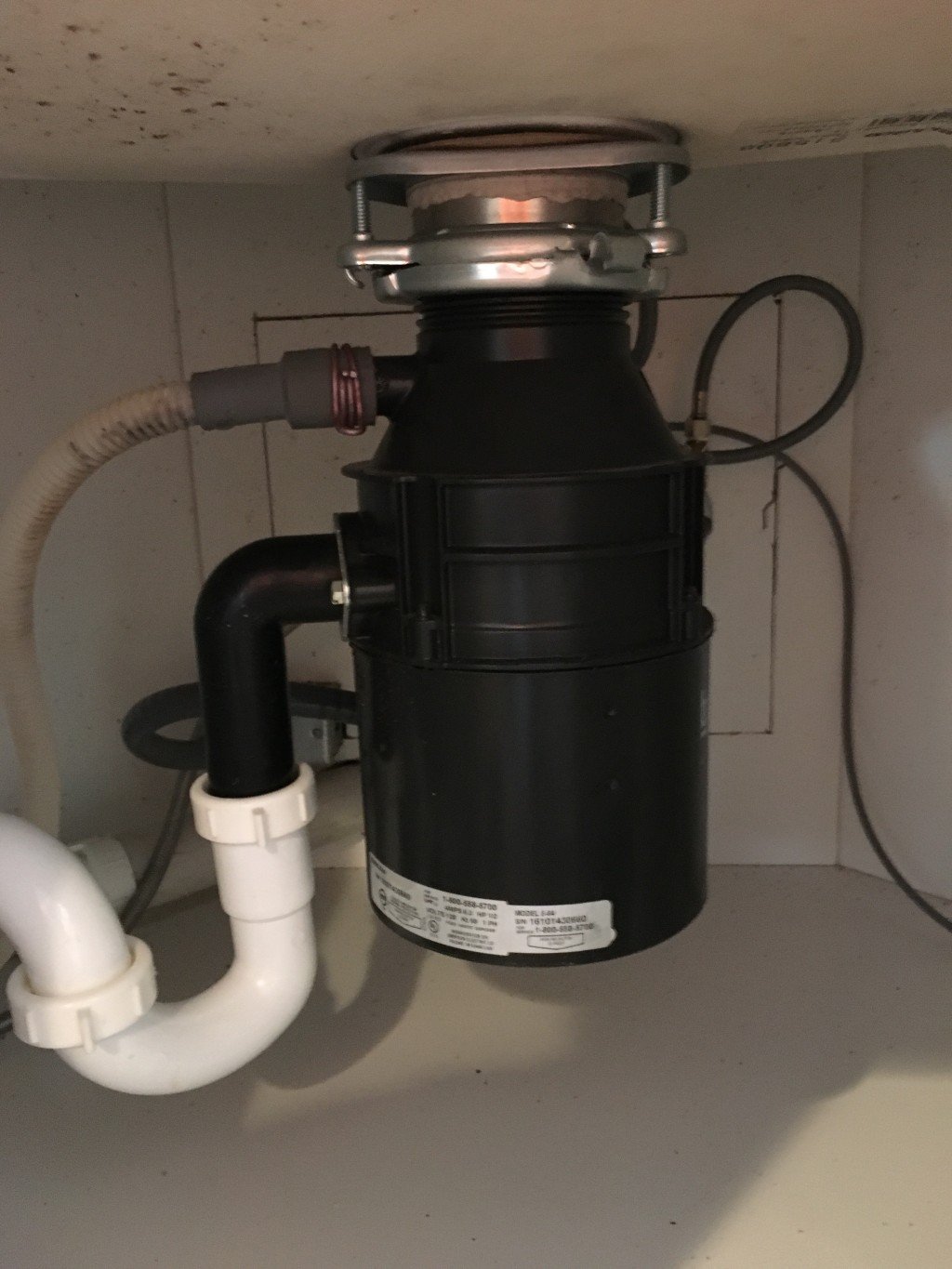



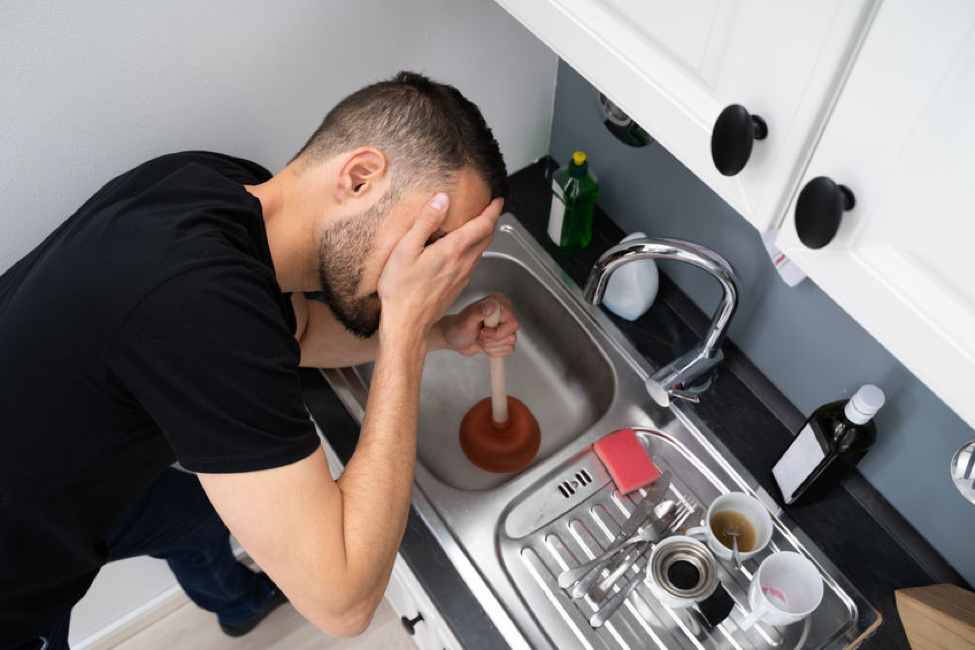




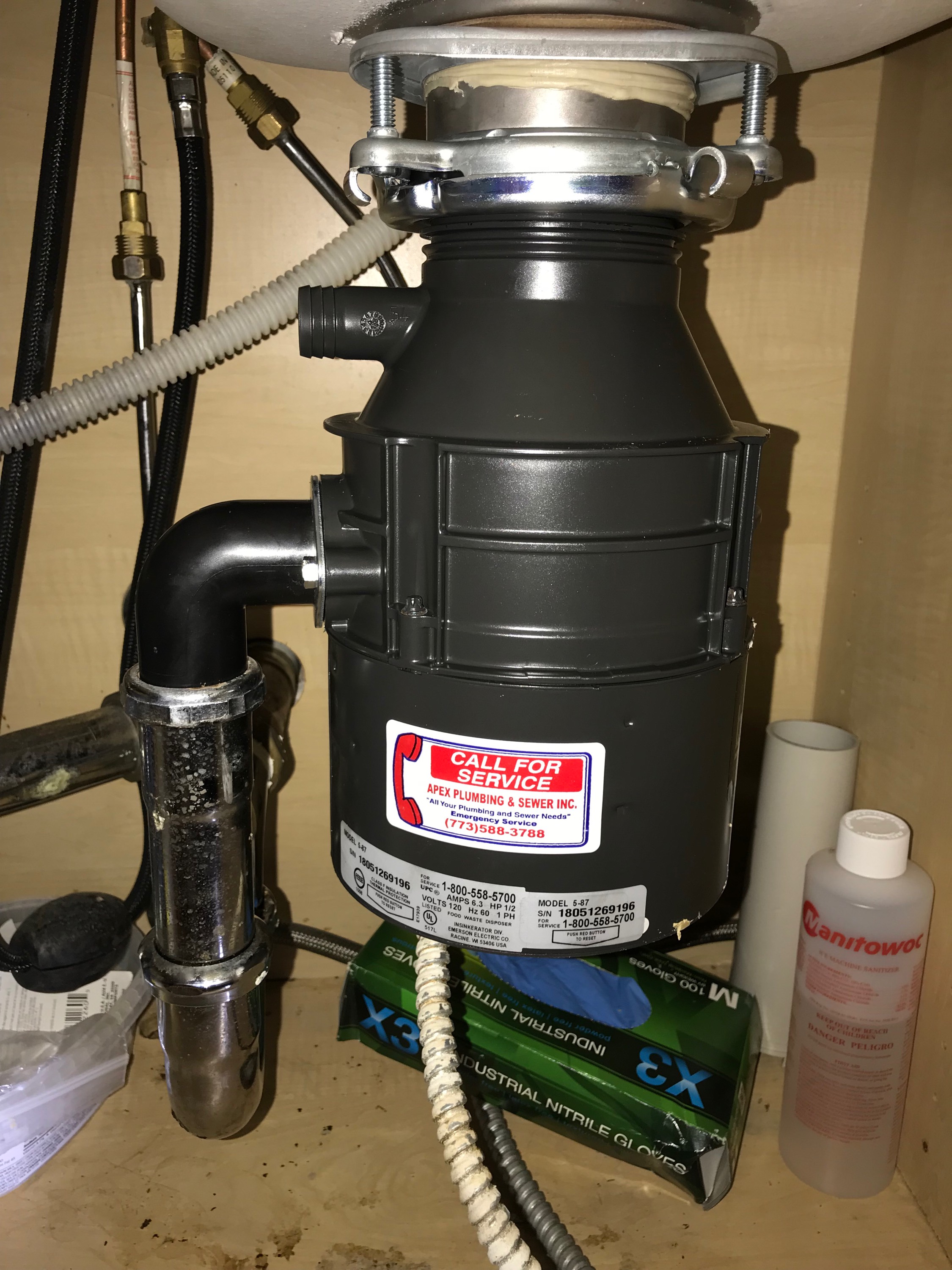





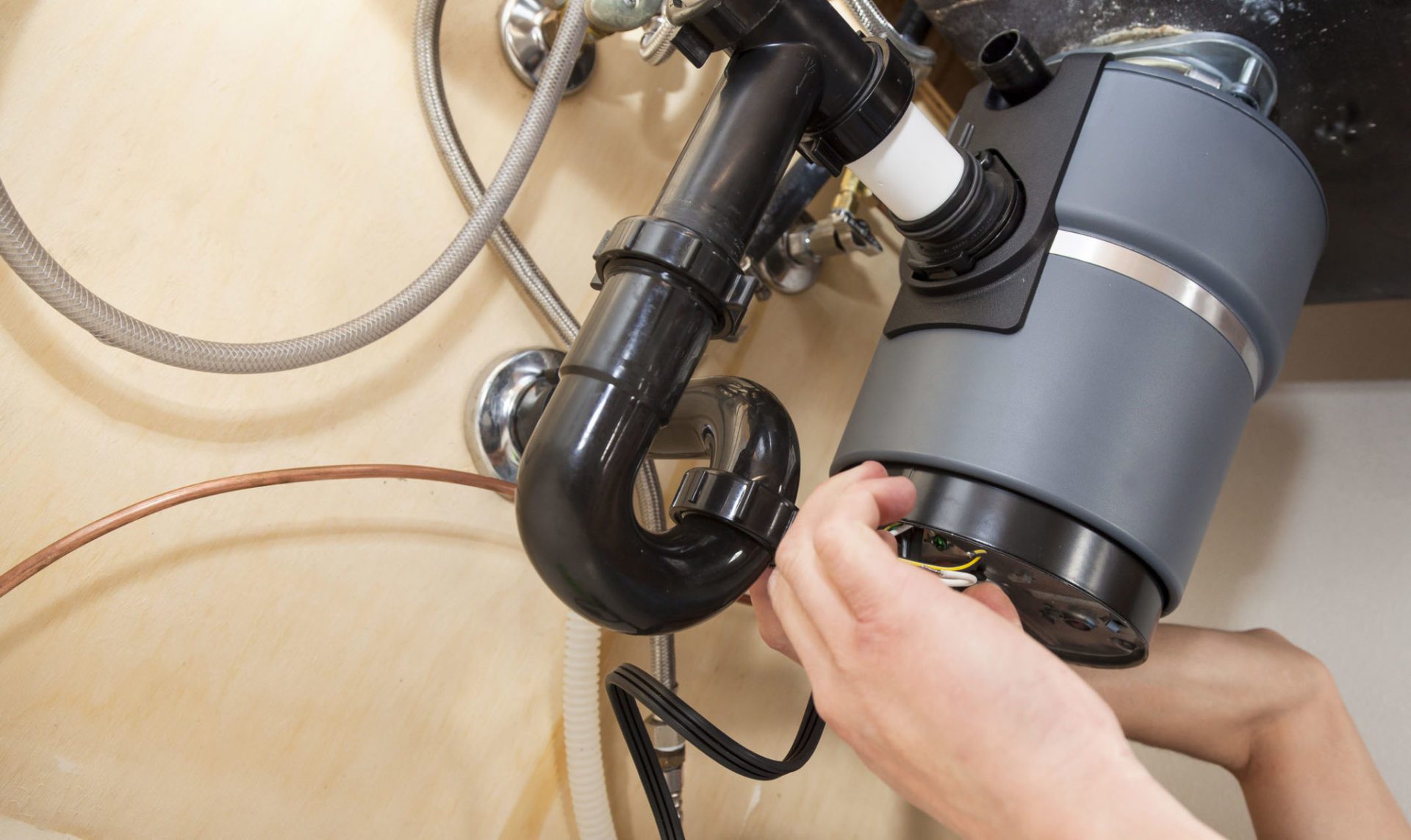



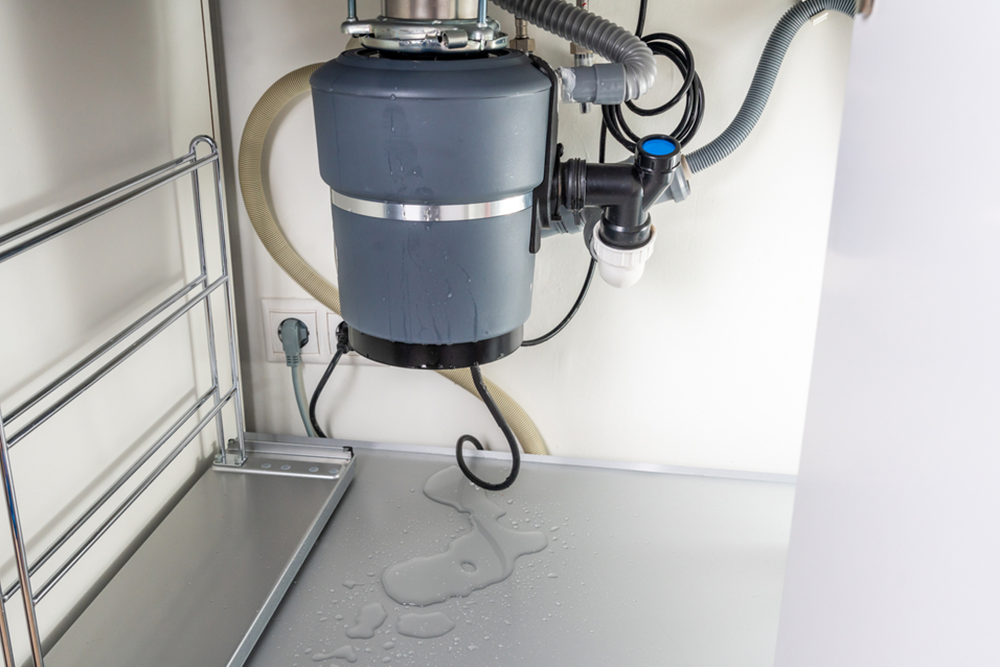

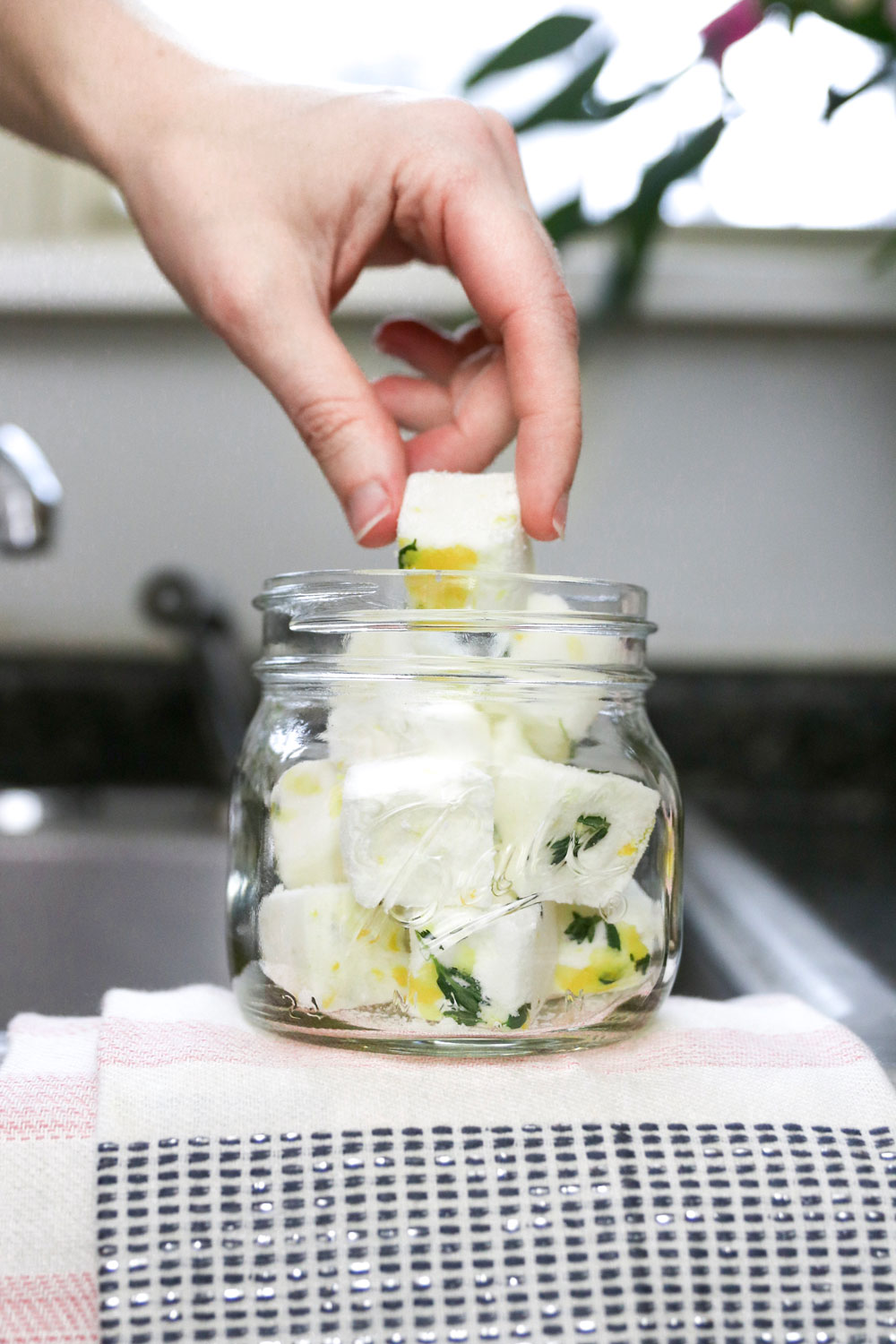

:max_bytes(150000):strip_icc()/How-to-Clean-a-Garbage-Disposal-Refined-Final-098ce78e1bff4f60b95057129a30c09f.jpg)
:max_bytes(150000):strip_icc()/cleaning-a-garbage-disposal-2718863-20-ca02806e899940a982a72bc86fa1e42f.jpg)
